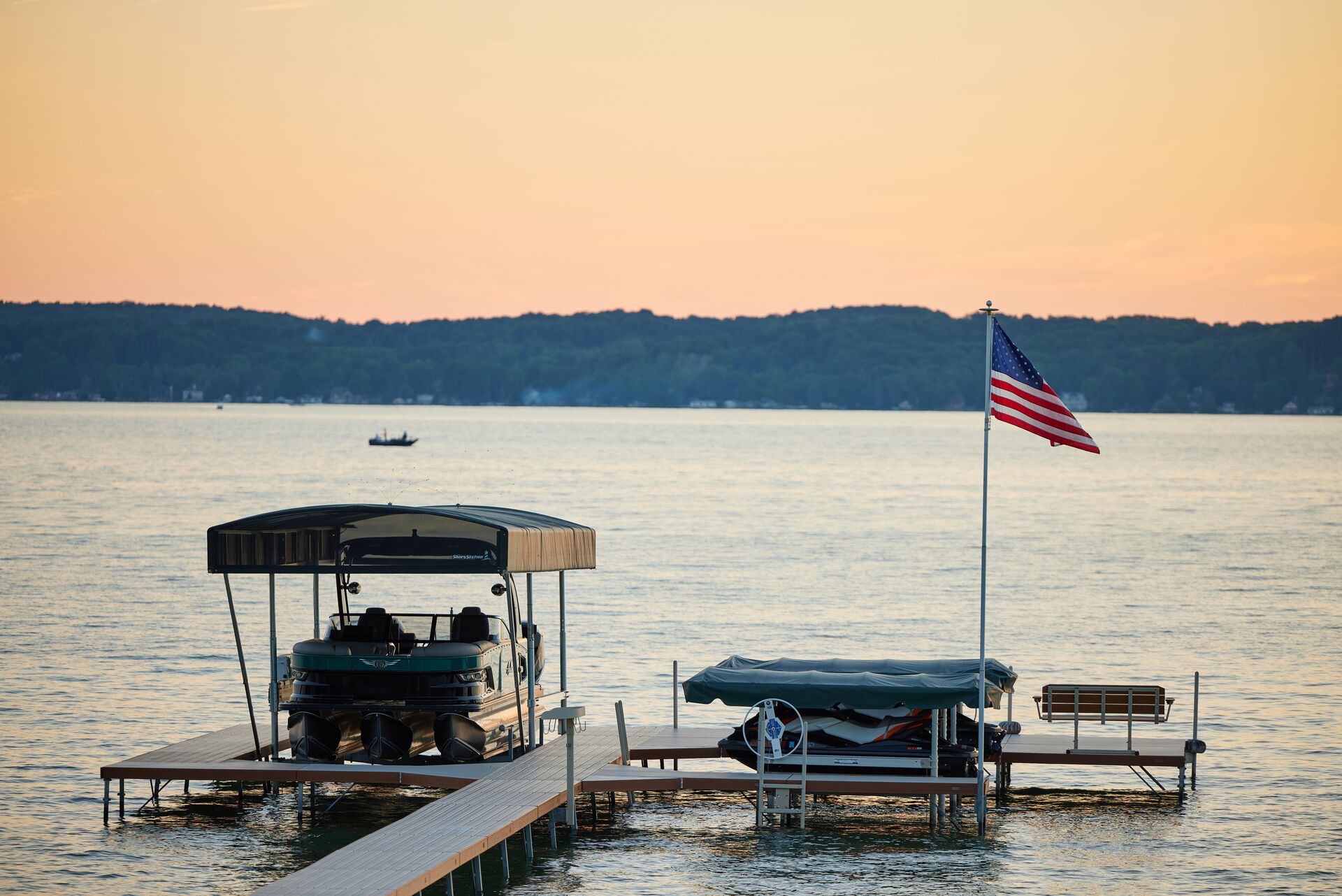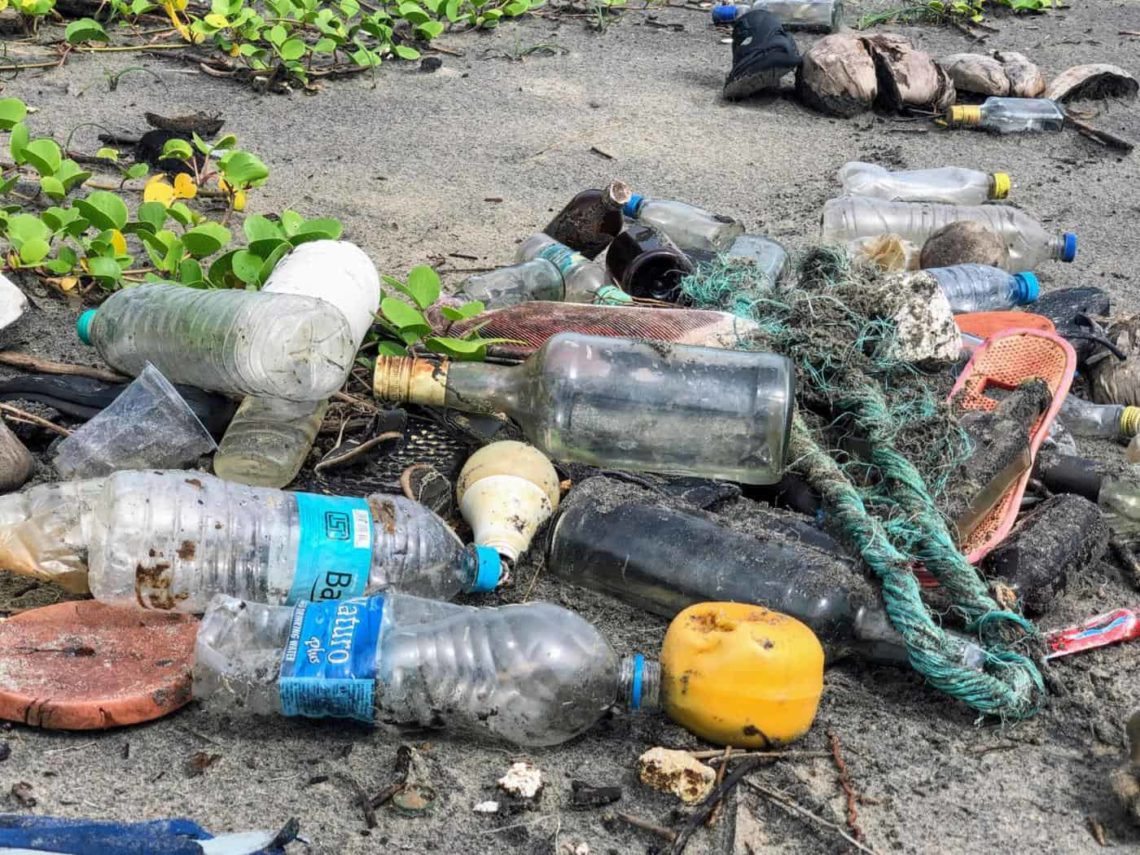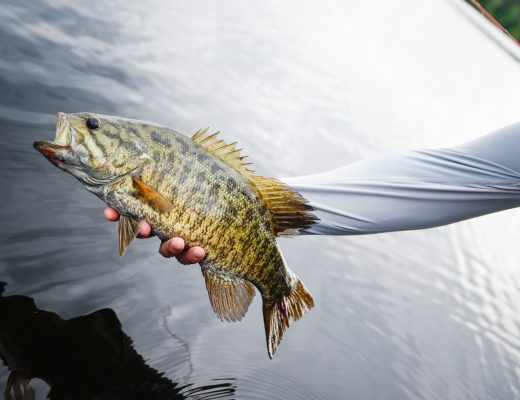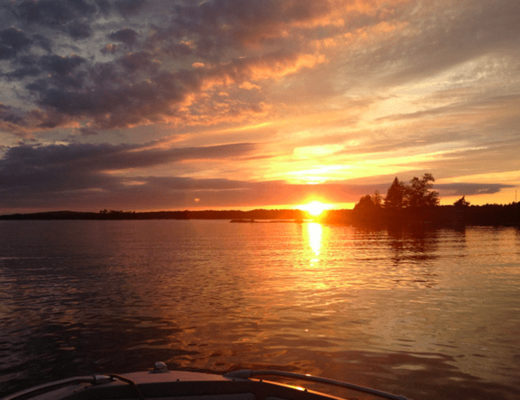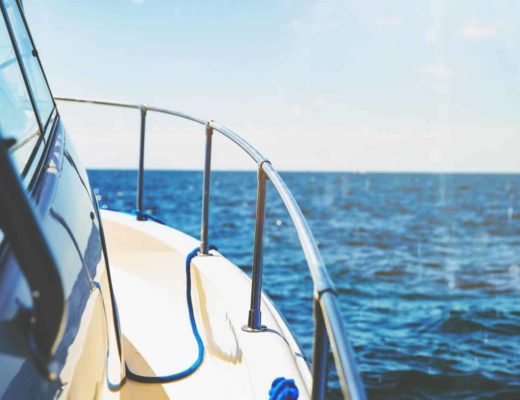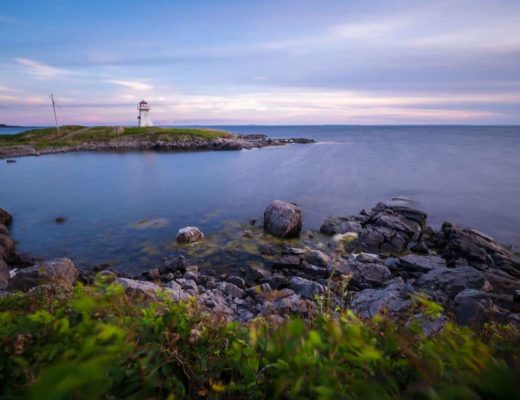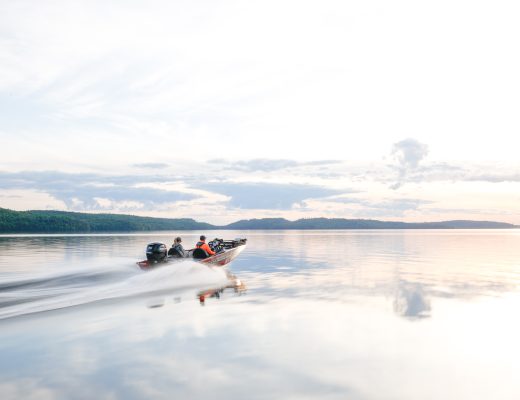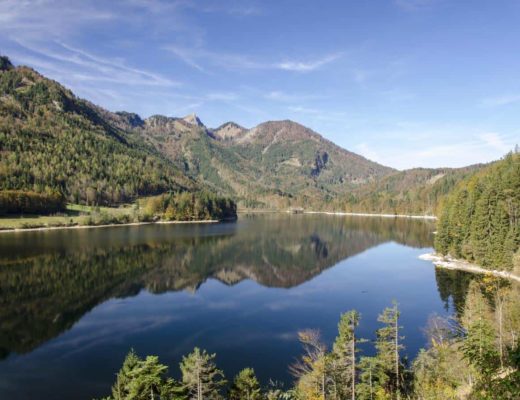Responsible boaters understand that every time they place a vessel in the water, they risk polluting the marine environment. So, it’s crucial to understand how to keep the waters clean.
Fortunately, state and federal laws are in place to help! These laws help protect the marine environment from Aquatic Nuisance Species (ANS) and litter.
If you boat in Idaho, here’s what you need to know about these species, littering on the water, and what to do to follow the laws and protect the environment.
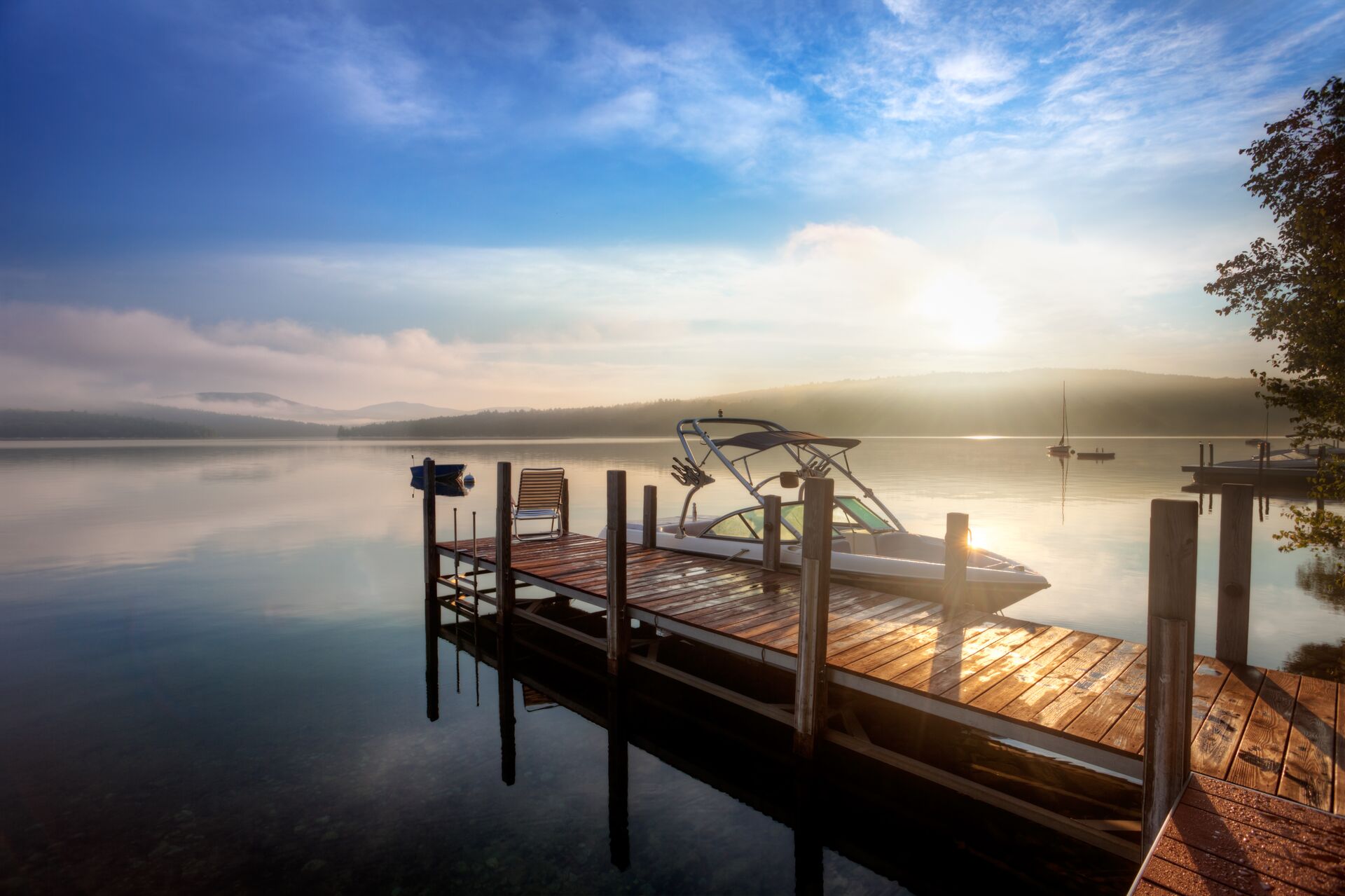
What Are Aquatic Invasive Species in Idaho?
The spread of Aquatic Nuisance Species (ANS) poses a risk to Idaho’s native aquatic wildlife, ecosystems, and all of Idaho’s water-based recreation.
Idaho’s most common ANS include Zebra Mussels, Quagga Mussels, Eurasian Watermilfoil, and New Zealand Mud Snails. Zebra mussels are small, striped shells, while the Eurasian Watermilfoil is a long, thick, floating weed. It sometimes has a pink flower during the months between June and August. Both of these nuisance species attach themselves to boat motors and hulls.
Aquatic nuisance species can spread easily from one body of water to the next. So, to help keep Idaho waters clean and reduce the spread, the state legislature has passed The Idaho Invasive Species Act of 2008.
Idaho’s State Laws for ANS
What are the laws? The primary laws are straightforward.
It is against the law to:
- Introduce any aquatic invasive species into Idaho waters.
- Buy, sell, distribute, or possess ANS unless you have a permit from the Idaho Department of Agriculture or meet other specific requirements outlined in the Idaho Invasive Species Act.
Violating these laws is a misdemeanor with a fine of up to $3,000 and/or up to 12 months imprisonment.
If authorities suspect any waters have invasive species, they can inspect both public and private land and waters. Authorities such as the Director of the Idaho Department of Agriculture must detect and destroy these species.
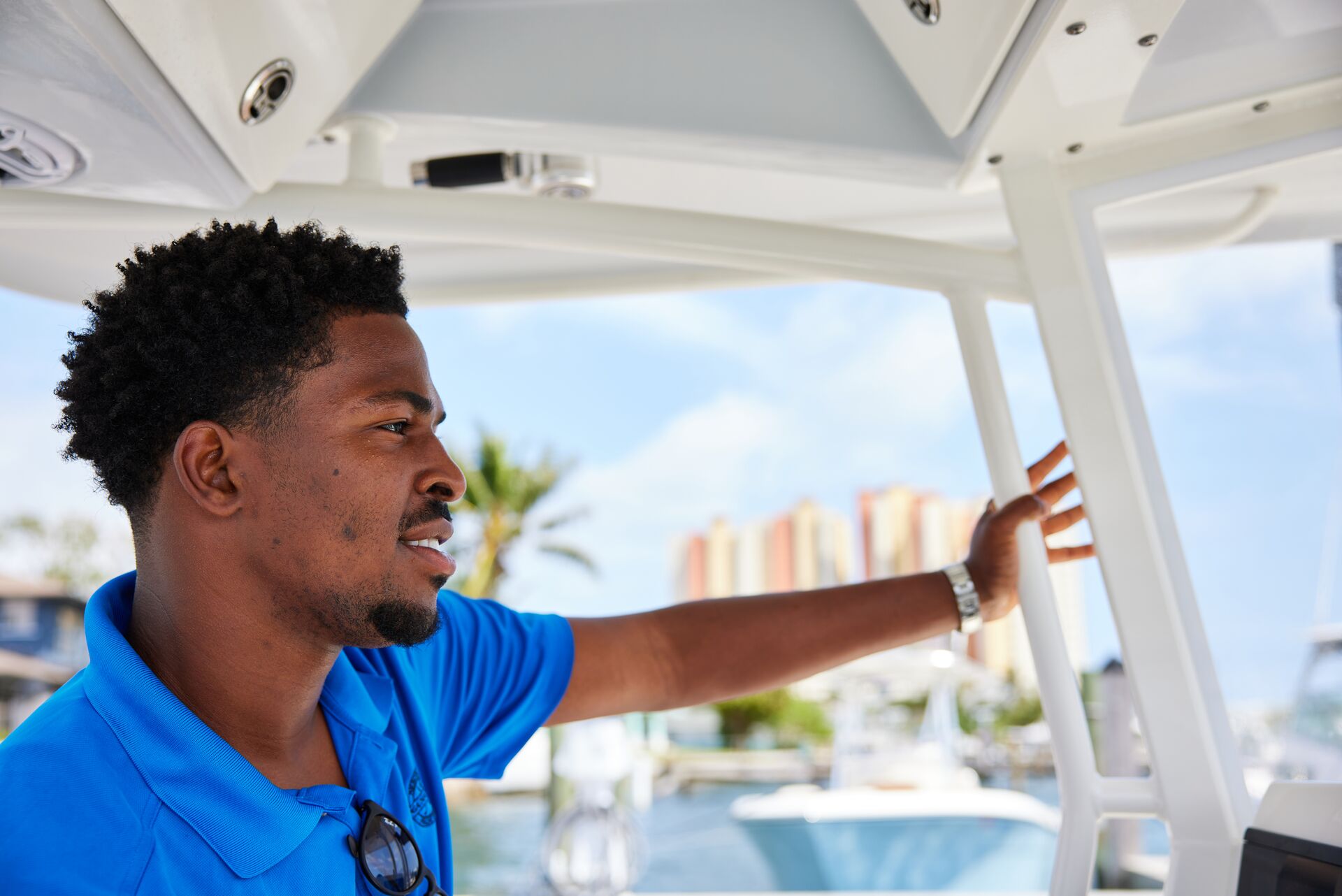
What Are Your Responsibilities As a Boater?
It’s simple: you must actively prevent the spread of these species. This means staying vigilant to keep your boat from becoming infected without knowing it!
To prevent the spread of ANS, take the following actions every time your boat leaves the water:
- Examine your boat closely for any of these species and remove anything you find!
- Before trailering a boat and driving away from the water, drain the boat’s components on land. This includes motors, bilges, live wells, and bait buckets.
- Wash, rinse, and air-dry your boat before leaving the area.
Doing these things routinely helps prevent the accidental spread of ANS.
Get a Decal
Before operating a boat on Idaho’s waterways (and in addition to regularly inspecting your boat), Idaho requires boaters to buy an Idaho Invasive Species Fund (IISF) decal from the Idaho Department of Agriculture. These decals generate funds for Idaho’s ANS prevention programs.
This requirement includes all motorized boats — including state-registered vessels and boats from out of state. It also included all human-powered craft (i.e., kayaks, canoes, and rowboats).
However, you don’t need a decal for inflatable, human-powered craft less than 10 feet long.
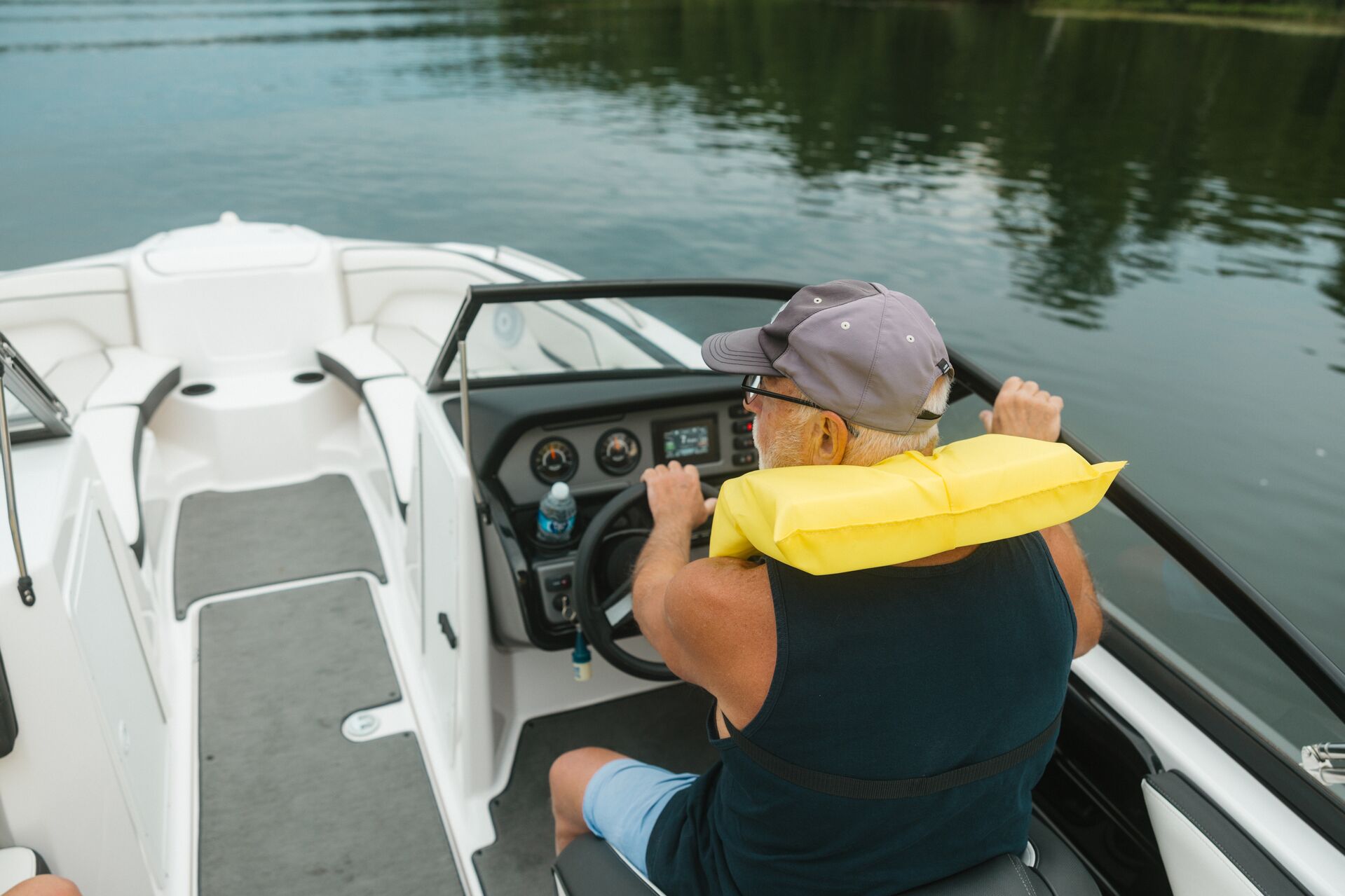
What Are the Waste Disposal Laws in Idaho?
Aside from helping to protect the environment from invasive species, boaters must also dispose of waste properly to keep the state’s waters clean.
Idaho’s waste disposal laws make it illegal to dump garbage, refuse, or plastics into state or federally-controlled waters. You must store trash in an on-board container, then place it in a designated receptacle on shore.
Additionally, for vessels 26 feet or longer, federal law requires the display of a 4 x 9-inch placard or sign. This sign informs crew members and passengers about discharge restrictions.
What About Toilets?
Boaters are not required to have an installed toilet on a vessel. Many people use portable toilets and then dispose of the waste at a pump-out station at a public boat launch.
For outings, equip your vessel with toilet facilities. Visit the Idaho Parks & Recreation website for more information.
However, if your vessel has an installed toilet, federal law requires a properly working U.S. Coast Guard-certified marine sanitation device (MSD).
What Are the Types of MSDs?
When considering the type of MSD for your boat, understanding how they work is crucial.
- Type I and II MSDs treat waste with special chemicals to kill bacteria. Using either of these MSDs requires a holding tank for untreated waste and a “Y” valve. While operating in U.S. waters, the valve must be in a “closed” position.
- Type III MSDs provide no treatment. They are either portable toilets or holding tanks.
When using a Type III MSD, be sure to take the waste ashore and dispose of it in an onshore toilet or pump-out station.
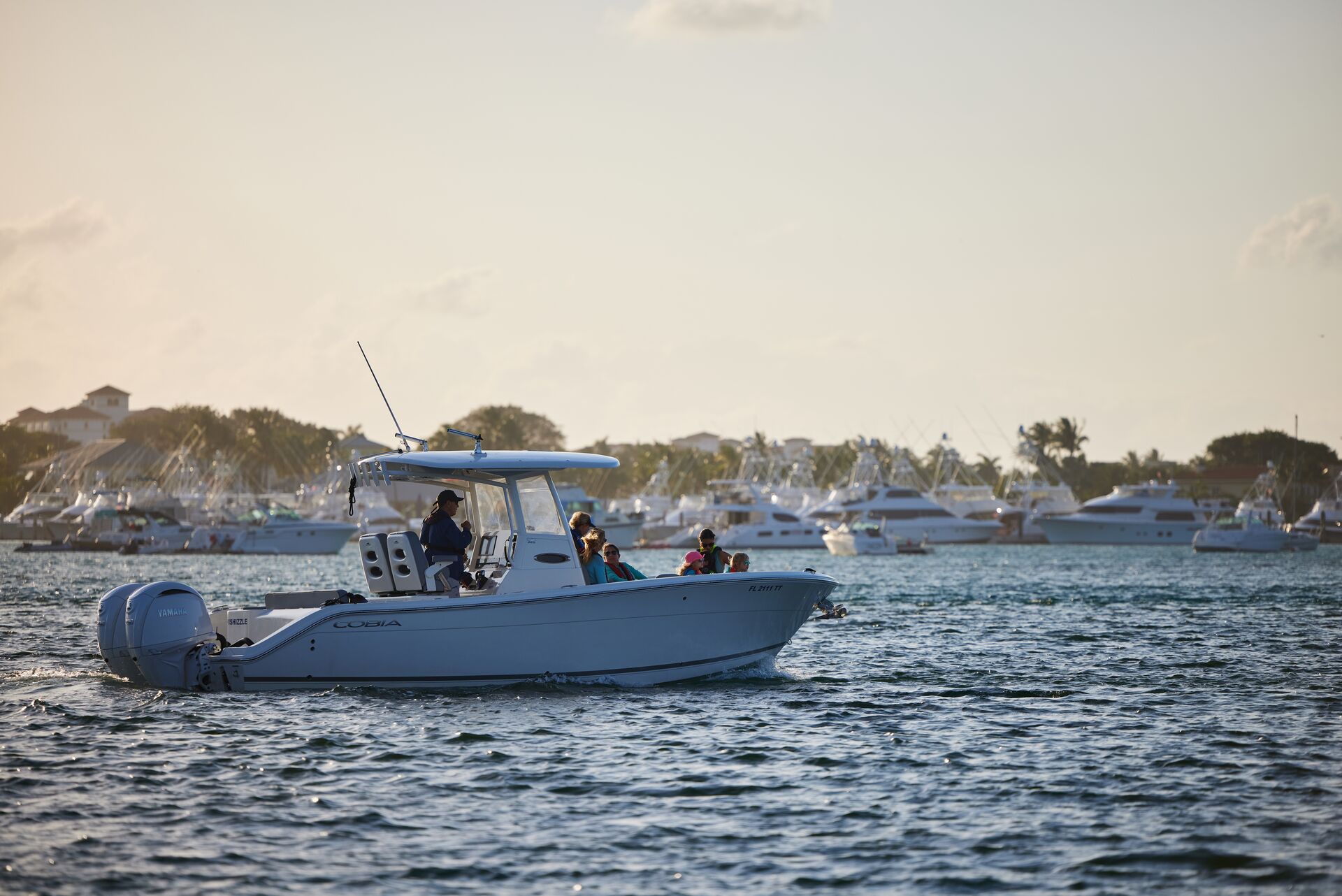
How to Discharge of Oil and Other Hazardous Substances
Idaho also has regulations about disposing of hazardous substances and oil.
It is illegal to:
- Discharge oil or hazardous substances.
- Dump oil into the vessel’s bilge without a way to properly dispose of it.
Boaters must dispose of oil waste at a reception facility. A bailer or bucket is adequate for temporary storage on board.
If your boat is 26 feet or longer and travels on federal waters, you must display a 5 x 8-inch placard near the bilge pump switch. The placard must state the Federal Water Pollution Control Act.
